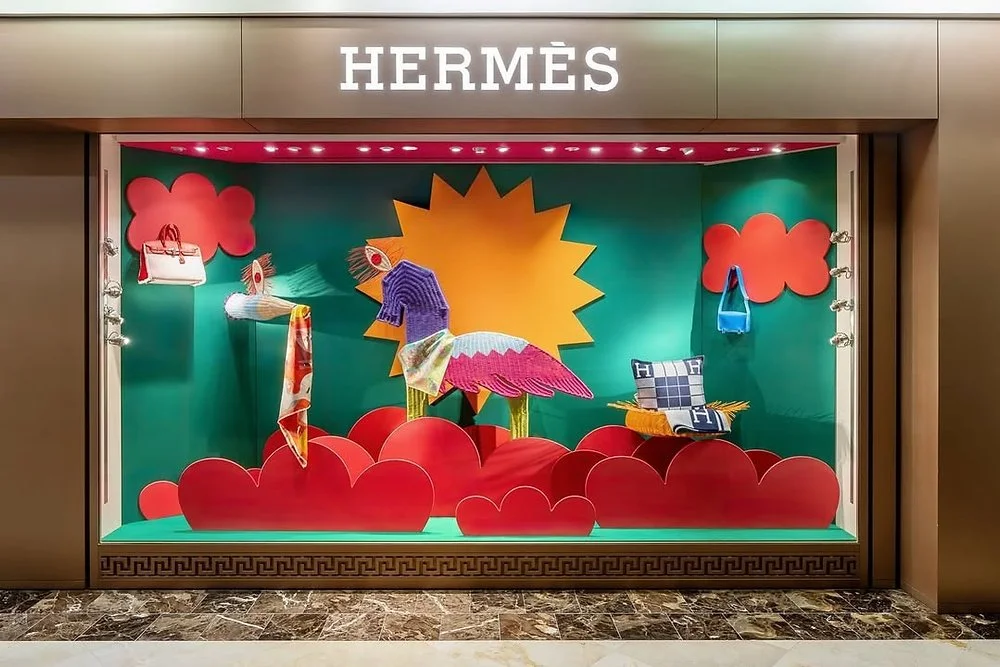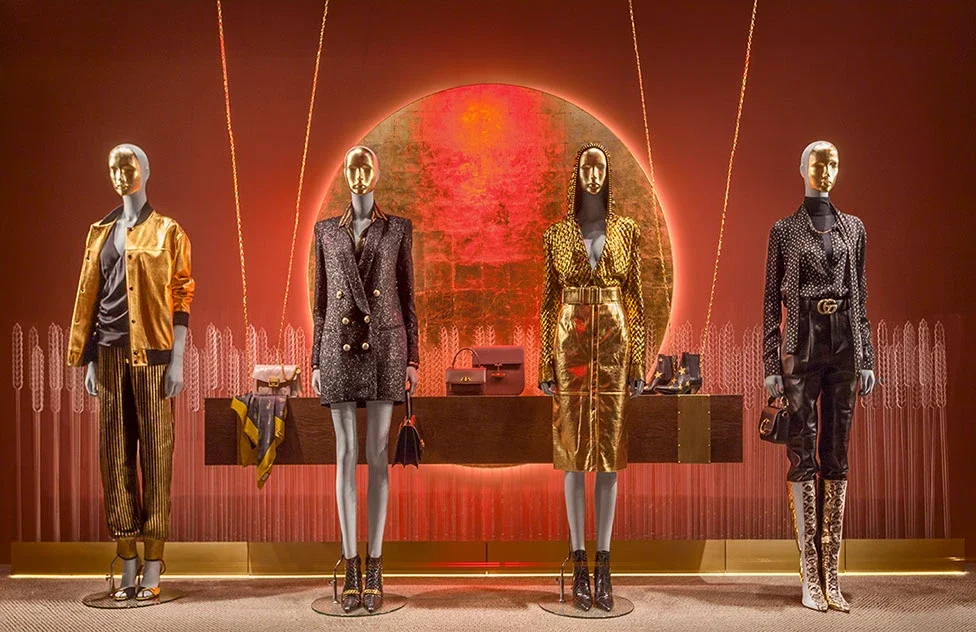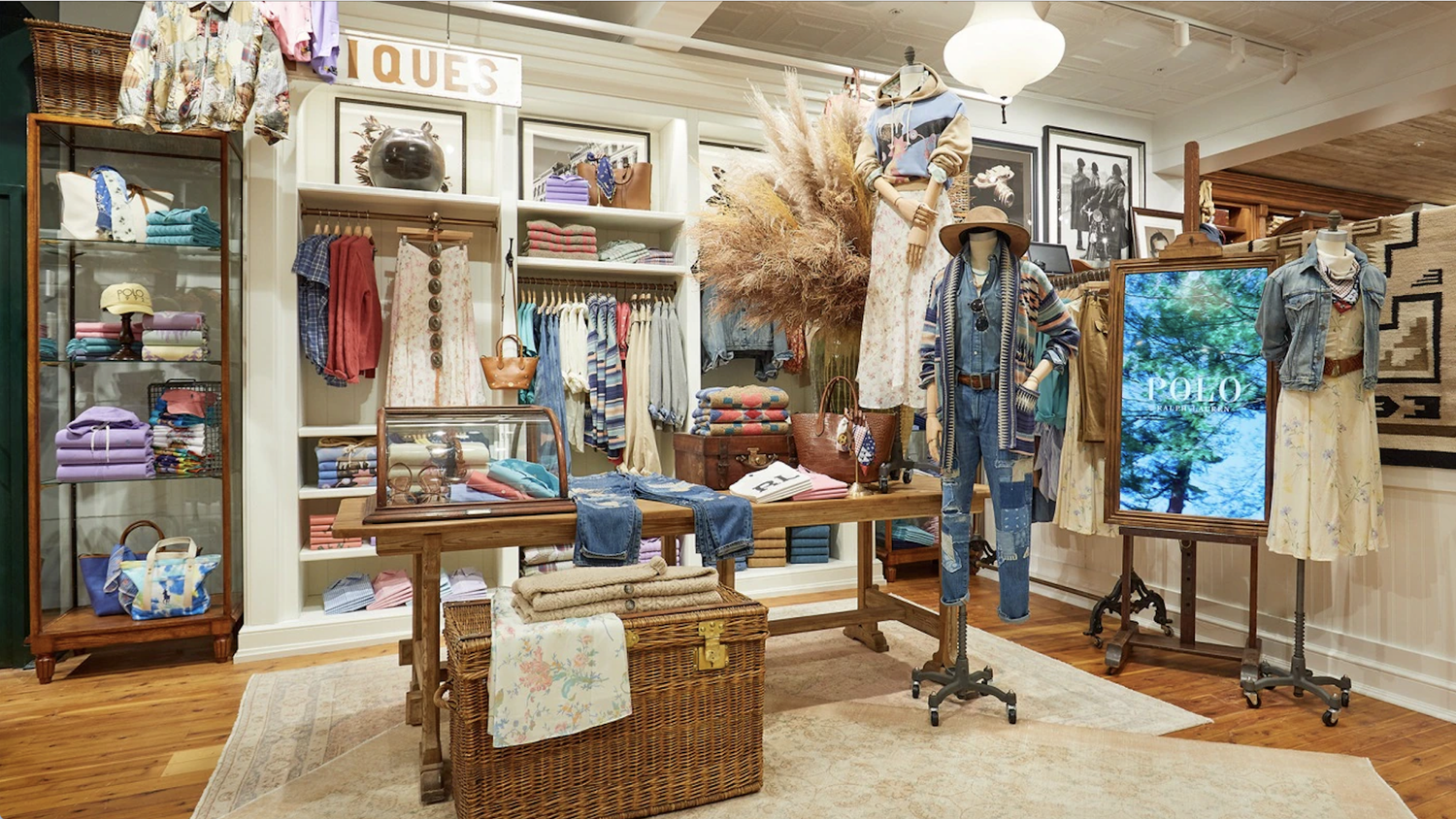The Art of Storytelling Through Visual Merchandising
Visual merchandising is one of the most powerful tools a brand or store can use to inspire customers to make a purchase. Thoughtfully designed displays do more than simply show products. They create an atmosphere, evoke emotions, and tell a story that customers can immediately connect with. When executed well, visual merchandising turns a regular shopping trip into an experience. It captures attention, draws people in, and encourages them to engage with the products, guiding them toward a purchase rather than leaving them to window shop. Every detail, from the placement of items to the choice of lighting and colors, works together to communicate the brand’s message. In this way, visual merchandising becomes a silent storyteller, shaping the way customers perceive the brand and what it represents.
Storytelling in visual merchandising matters because it creates an emotional connection between the customer and the brand. People do not simply buy products, but rather they buy experiences, feelings, and the values a brand represents. When a display tells a clear story, it communicates the brand’s identity and message in a way that is instantly understandable and relatable. This connection can influence purchasing decisions by making customers feel understood, inspired, or even nostalgic. In a crowded retail environment, stores that use storytelling effectively stand out because customers are drawn not only to the product itself but to the narrative and atmosphere that surrounds it.
The story a display tells is crafted through a combination of key elements that guide the customer’s experience. Color, lighting, and layout set the mood and highlight the most important products, while textures, props, and signage add depth and context to the narrative. Product placement and organization can lead the customer’s eye through the display, creating a natural flow that feels intentional rather than random. Even small details, such as the angle of an item or the use of space, contribute to the overall story the brand is telling. When all of these elements work together in harmony, the display becomes more than a visual arrangement. It becomes a compelling narrative that draws customers in and encourages them to engage.
Stores often create specific areas dedicated to different concepts or themes, and each section tells its own story through the products, signage, and overall presentation. The garments on display, along with props and signs, are arranged to guide customers through a narrative that is easy to see and understand just by walking through the area. For example, a summer collection might feature bright colors, light fabrics, and playful displays, while a winter section might use darker tones, heavier textures, and cozy setups. Every detail works together to create a cohesive story for that section, allowing customers to experience the mood and message of the brand as they move from one area to the next. In this way, the store itself becomes a visual storybook that communicates the brand’s identity and engages shoppers at every turn
Ralph Lauren display.
In conclusion, visual merchandising is far more than arranging products on shelves or racks. It is a powerful form of storytelling that allows brands to connect with customers on an emotional level. Through carefully designed displays, themed areas, and thoughtfully chosen signage and products, stores can guide shoppers through a narrative that is both engaging and memorable. When each element works together to tell a story, the shopping experience becomes immersive, inspiring customers to explore, interact, and ultimately make a purchase. By treating visual merchandising as a strategic tool rather than a simple display tactic, brands can create spaces that not only showcase products but also communicate their identity, values, and vision in a way that resonates long after the customer leaves.


